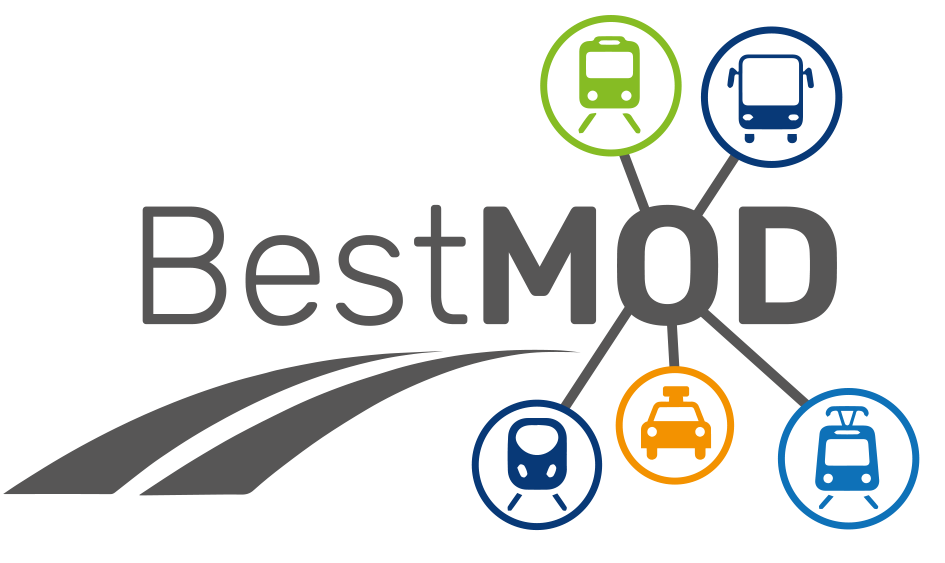Objectives of the study
Research question
How and where can public transport services be expanded to meet demand in such a way that the additional costs could be covered by the expected increase in customers?
Starting point
The aim of the plans for air pollution control, climate protection and improving urban quality of life is to increase the share of eco-mobility (public transport, walking and cycling) in the modal split. As cycle traffic occupies a prominent position in Krefeld, the model municipality under investigation, the main focus will be on reducing MIV, which covers 51.5 percent of journeys here (by comparison, MIV in the city region – regiopolis and large city: 50 percent). During the morning peak hours, Krefeld’s public transport system can hardly provide any additional vehicles, as SWK MOBIL GmbH, Krefeld’s local transport company, is operating at the limits of its capacity and at the same time the public transport modal split share is at its daily peak of over 20 percent (Ingenieurbüro Helmert 2017). Therefore, focusing on the group of travelers to office workplaces in the city center and to educational institutions would contribute to capacity overutilization in the time before 8 a.m. and thus further increase the uneven capacity utilization.
The aim is therefore to increase capacity utilization in peripheral areas and at off-peak times, especially where citizens are dependent on MIV because public transport is not an alternative. The focus on these areas and times means that the existing infrastructure is better and more evenly utilized and the average occupancy rate over the entire day, which is a key economic indicator, increases.
Only when capacity utilization in off-peak times has increased significantly will it be worthwhile in future to run more buses during peak times, as more people will be using public transport overall.
Key objective of the project
The question of the future viability of local public transport is being discussed in many areas. On the one hand, the focus lies on electrifying the bus fleet while retaining the vehicle size with over one hundred seats. On the other hand, autonomous driving is viewed as the solution to many traffic problems and the US companies from Google to Uber and Tesla are named as future big players. The question that remains unanswered is what an optimal interplay looks like with existing infrastructure, such as streetcars, light rail vehicles or subway trains, as well as regular buses with fixed timetables and intervals, and (automated) minibuses or vehicles with up to six seats, which can also serve lower mobility needs across the board on an as-needed basis without fixed routes and independent of stops.
In a town or district with a moderate population density, as can be found in many suburban areas, it may make sense to run a streetcar or bus with a high passenger capacity only as far as a central stop, from where minibuses distribute the passengers around the town. In order for this scenario to be attractive compared to the MIV, it is essential to minimize the resistance of the transfer. In other words, as many on-demand (OD) vehicles must be reliably available as are needed when a streetcar arrives. The OD vehicle must also reach the station on time with the passengers who want to change to the tramway before the tramway departs. At the same time, the OD vehicles should serve direct journeys within the town that do not begin or end with a transfer.
This means that OD traffic must follow a timetable that adapts not only to spontaneous demand, but also to the timetable of conventional public transport.

